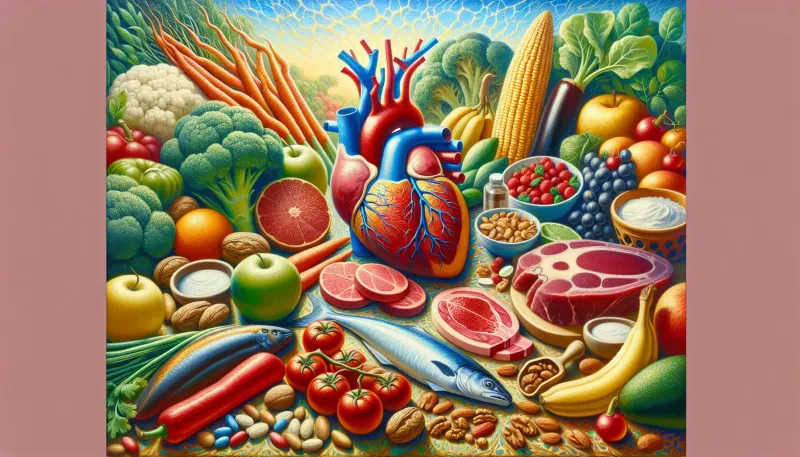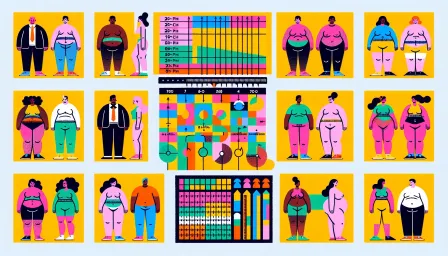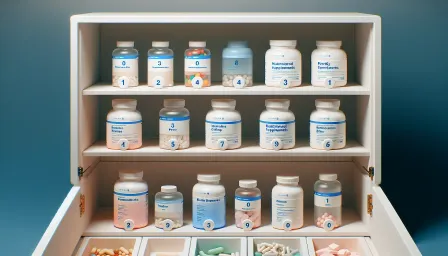How the Paleo Diet Can Lower Your Cholesterol Levels

Discover how the Paleo diet can help lower your cholesterol levels and improve heart health through natural, nutrient-dense foods.
Cholesterol is a vital substance in the human body, but an excess of the wrong type can have serious health implications. Many individuals search for effective, natural ways to manage their cholesterol levels. The Paleo diet, rooted in consuming whole, unprocessed foods similar to those eaten by our Paleolithic ancestors, has become a popular solution. This article explores how the Paleo diet can impact cholesterol levels and promote overall heart health.
What is the Paleo Diet?
Also known as the caveman diet, the Paleo diet is based on the premise of eating foods that were available to humans before the advent of agriculture. This includes:
- Lean meats
- Fish
- Fruits and vegetables
- Nuts and seeds
- Healthy fats
Processed foods, grains, dairy, and refined sugars are excluded, aiming to mimic the nutritional habits of our early ancestors. The emphasis is on nutrient-dense, high-quality foods that can support various aspects of health, including cholesterol management.
The Relationship Between Diet and Cholesterol
Cholesterol is categorized into two main types:
- Low-density lipoprotein (LDL) - often referred to as "bad" cholesterol because high levels can lead to plaque buildup in arteries.
- High-density lipoprotein (HDL) - known as "good" cholesterol because it helps remove other forms of cholesterol from the bloodstream.
A diet high in saturated fats and trans fats can elevate LDL levels, increasing the risk of heart disease. Conversely, a diet that promotes healthy fats and fibers can improve HDL levels and reduce LDL levels, contributing to better heart health.
How the Paleo Diet Impacts Cholesterol
Reduction in Processed Foods
One of the fundamental aspects of the Paleo diet is the elimination of processed foods. These foods often contain trans fats, sugars, and other additives that can negatively affect cholesterol levels. By cutting these out, the body is less exposed to harmful ingredients that elevate "bad" cholesterol.
High Intake of Healthy Fats
The Paleo diet encourages the consumption of healthy fats found in avocados, nuts, seeds, and fatty fish. These sources of omega-3 and monounsaturated fats can positively influence cholesterol levels by reducing LDL cholesterol and increasing HDL cholesterol. Omega-3 fatty acids, for example, have anti-inflammatory properties and are beneficial for heart health.
Increased Fiber Intake
Fruits, vegetables, and nuts in the Paleo diet are rich in dietary fiber, which plays a crucial role in cholesterol management. Soluble fiber binds with cholesterol particles in the digestive system and helps remove them from the body. By incorporating more fiber-rich foods into your diet, you can naturally reduce LDL cholesterol levels.
Lean Protein Sources
The Paleo diet emphasizes lean protein sources, such as grass-fed meat and wild-caught fish, which are lower in saturated fats compared to processed meats. Lean proteins contribute to maintaining muscle mass and can also aid in weight management, further influencing cholesterol levels positively.
Scientific Evidence Supporting the Paleo Diet
Research has shown that the Paleo diet can positively influence cholesterol and other cardiovascular risk factors. A study published in the European Journal of Clinical Nutrition found that individuals following a Paleo diet had lower total cholesterol, LDL cholesterol, and triglyceride levels compared to those following a traditional diet.
Another study in the journal Lipids in Health and Disease reported that the Paleo diet significantly improved HDL cholesterol levels and reduced waist circumference, which is closely associated with heart disease risk.
These findings underscore the potential benefits of the Paleo diet in managing cholesterol and promoting cardiovascular health through a natural, whole-foods approach.
Practical Tips for Implementing the Paleo Diet
If you are considering the Paleo diet to help manage your cholesterol levels, here are some practical tips to get started:
- Plan Your Meals: Preparing a weekly meal plan can ensure that you have a variety of nutrient-dense foods on hand, making it easier to stick to the diet.
- Shop Smart: Focus on whole foods by shopping the perimeter of the grocery store, where fresh produce, meats, and fish are typically located.
- Read Labels: Although the Paleo diet avoids processed foods, if you do buy packaged items like nuts or dried fruits, read labels to avoid added sugars and unhealthy fats.
- Stay Hydrated: Drink plenty of water and avoid sugary drinks. Herbal teas and black coffee can be good alternatives.
- Incorporate Variety: Include a wide range of fruits, vegetables, nuts, and protein sources to ensure a well-rounded nutrient intake.
Potential Challenges and Considerations
While the Paleo diet offers numerous benefits, it may present some challenges, especially for those used to a more traditional diet. Consider the following:
- Cost: Quality meats and fresh produce can be more expensive than processed foods. Budgeting and planning can help manage costs.
- Social Situations: Adhering to the diet in social settings or while dining out may require extra effort and menu scrutiny.
- Nutrient Imbalance: Excluding entire food groups, like dairy and grains, may lead to nutrient deficiencies if not carefully managed. Consulting a nutritionist can help tailor the diet to meet individual needs.
Conclusion
The Paleo diet offers a natural, effective way to manage cholesterol levels and promote overall heart health. By focusing on whole, unprocessed foods and incorporating healthy fats, lean proteins, and fiber, individuals can experience significant improvements in their cholesterol profiles. While it may present some challenges, thoughtful planning and a commitment to nutrient-dense eating can make the Paleo diet a valuable tool in maintaining optimal health. Always consider consulting with a healthcare professional before making significant dietary changes.



























